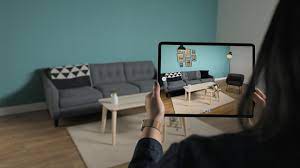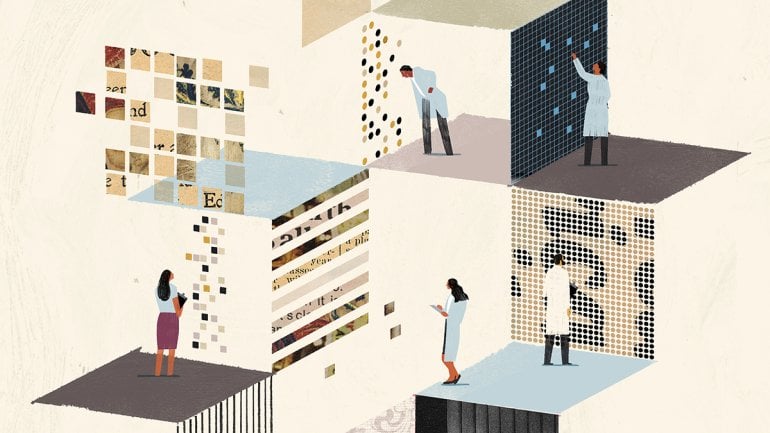
Pros of Artificial Intelligence in Interior Design
More professionals across industries are becoming increasingly familiar with the concept of artificial intelligence (AI), and the practical applications it has to advance and improve upon human efforts.
Its explosive growth is due in no small part to the recent innovations in software and robotics in industries like design and manufacturing that have paved the way for further understanding among professional communities such as architects, builders, and interior designers.
The Pros
1. Artificial intelligence completes routine tasks with ease
From drawing up rough plans to developing detailed designs, many tasks done by interior designers every day are repetitive. While that repetition helps us to get into a routine and positive work flow, it also takes up a lot of our time. With AI, repetitive tasks can be automated, finely tuning the equipment to work for extended time periods to complete the work. That allows human workers to focus on the more creative elements of their job responsibilities.
As such, artificial intelligence is incorporated into applications in order to help homeowners create their dream home design with a click of a button. Such applications uses machine learning algorithms to analyse millions of projects from real users, and predict and optimize the thinking behind home design.
The software factors in general interior design rules, technical requirements and how to match colors and styles. It also considers design aspects such as the average square foot taken up by a single person and the standard width of doors and windows as well as other design preferences. By performing these calculations, it hopes to mimic the way designers think in order to streamline the process.

2. Artificial intelligence helps us to explore
AI allows homeowners to take a look at new possibilities for interior designs. After a user indicates her preferred style, the number of people in the household and the location of the house, AI will come up with optimal home design results and show them through DIY virtual reality goggles or on one of the in-app 3D projections. The machine learning algorithm will crawl through someone’s projects looking for possible designs and patterns.
Elements of AI can also be seen in the visualization of virtual and augmented reality programs for designers and professionals. Whether it’s a complex VR simulation that serves a virtual tour of a proposed space or a collaborative design program complete with virtual design assistants and prefabricated build elements, the undercurrent of artificial intelligence acting as design aid is self-evident.
3. Artificial intelligence makes us become more productive
AI creates a new standard for productivity. As AI-driven parametric design enables designers to quickly and easily create millions of variations of a design, most designers’ productivity will dramatically increase.
Immediately, we’ll be able to explore massive numbers of alternative directions in a fraction of the time we need today. With increased productivity and better tools, it will be easier for amateur designers to create acceptable, if not exceptional work, and potentially put price pressure on professional design services.
If you care to learn further about how workshops are structured at LISAA School of Design, please click below to get in touch with our team.